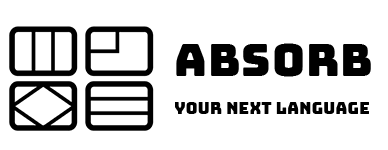There are some exciting technologies to help people learn a new language. One of the most popular methods is language learning apps that can be downloaded onto your mobile device. These apps offer an interactive and personalized experience tailored to your specific needs and level of language proficiency.
Another innovative language-learning tool is virtual reality (VR) technology. With VR, learners can immerse themselves in a simulated environment where they can practice speaking, listening, and even reading and writing in a foreign language. This technology provides a unique, real-world experience that allows learners to fully engage with the language, making the learning process more efficient and effective.
Additionally, there are online language courses that offer students access to remote teachers and can be completed at their own pace. Many of these courses have interactive elements, such as chatbots or virtual teachers, which help to create a more engaging and interactive learning experience, similar to learning a language in a classroom.
Furthermore, there are language-learning platforms that provide games, puzzles, and quizzes that are both fun and effective in retaining new vocabulary and grammar rules. Some of these platforms even use artificial intelligence (AI) to adapt the learning experience to the user’s specific learning style and preferences.
In short, there are many technological methods that can aid in language learning, and with more advancements in technology being made, the possibilities for language learning are endless. By utilizing these technologies, learners can accelerate their progress and achieve fluency in a new language in a shorter amount of time.
